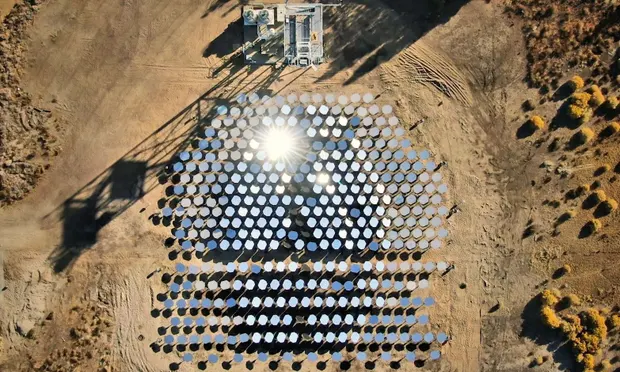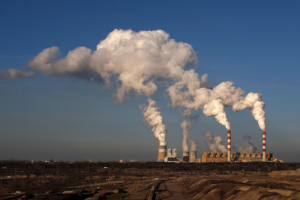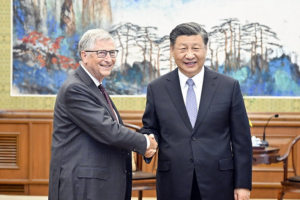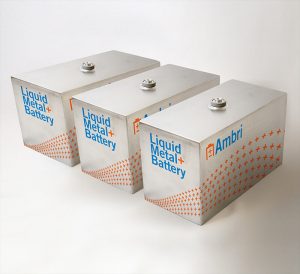Bill Gates-backed Heliogen has secured funding from top Australian oil and gas producer Woodside Petroleum for a full-scale trial of its concentrated-solar-power (CSP) technology ahead of a planned push into Australia.
Aiming to invest $5 billion in new-energy products by 2030, Woodside has also agreed to buy a stake in Heliogen, the two companies said on Monday. They did not state the size of Woodside’s planned stake or the price.
Technologies such as Heliogen’s use mirrors to concentrate solar energy from a large area, creating intense heat for industrial processes or generating electricity.
Heliogen, now valued at $968 million, went public in January, positioning it to begin making mirrors and other equipment for its modules. Gates was an early investor in the company.
Woodside will fund Heliogen’s first full-scale, 5 megawatt module at a site in the Mojave desert. The US government is contributing $39 million to cover the undisclosed cost.
“As soon as we finish this first demonstration in California, we want a blitz in Australia as fast as possible,” Heliogen founder and chief executive Bill Gross said in an interview, giving no timeframe for completing the trial.
Woodside could potentially use Heliogen’s CSP for its own operations and to produce hydrogen for export, Gross said. It could also market the modules to Australian mining companies and other remote energy users.
“Our collaboration with Heliogen on this innovative technology supports our commitment to building a low-cost, lower-carbon, profitable, resilient and diversified portfolio,” Woodside chief executive Meg O’Neill said.
Gross estimated a mine would need between 100 and 1,000 of the 5 megawatt modules.
“If we build it at that scale, it will be cheaper than the fossil fuel they [the mines] burn and, of course, it’ll have no CO2 emissions,” he said.
Heliogen’s system uses thousands of mirrors controlled by smart software to precisely reflect sunlight to a 2.5 metre-diameter receiver on a tower, generating temperatures of more than 1,000 degrees C (1,800 degrees F).
Air heated by the receiver is stored in rocks or sand in an insulated tank. The heat can be used in industries such as those making cement or steel or to drive a turbine to generate electricity, which can then be used to power an electrolyser to make hydrogen.
The system costs less than rival CSP technology as it is smaller and quicker to build, Gross said. Each mirror is as big as a flat-screen TV, rather than a tennis court.
• Reuters with additional editing by Jim Pollard
ALSO on AF:
Tycoons Back Australian Solar PowerLink for Singapore – SCMP
Australia’s Woodside Exit from Myanmar to Cost $200m
Woodside, BHP Approve $12bn Scarborough LNG Project






















